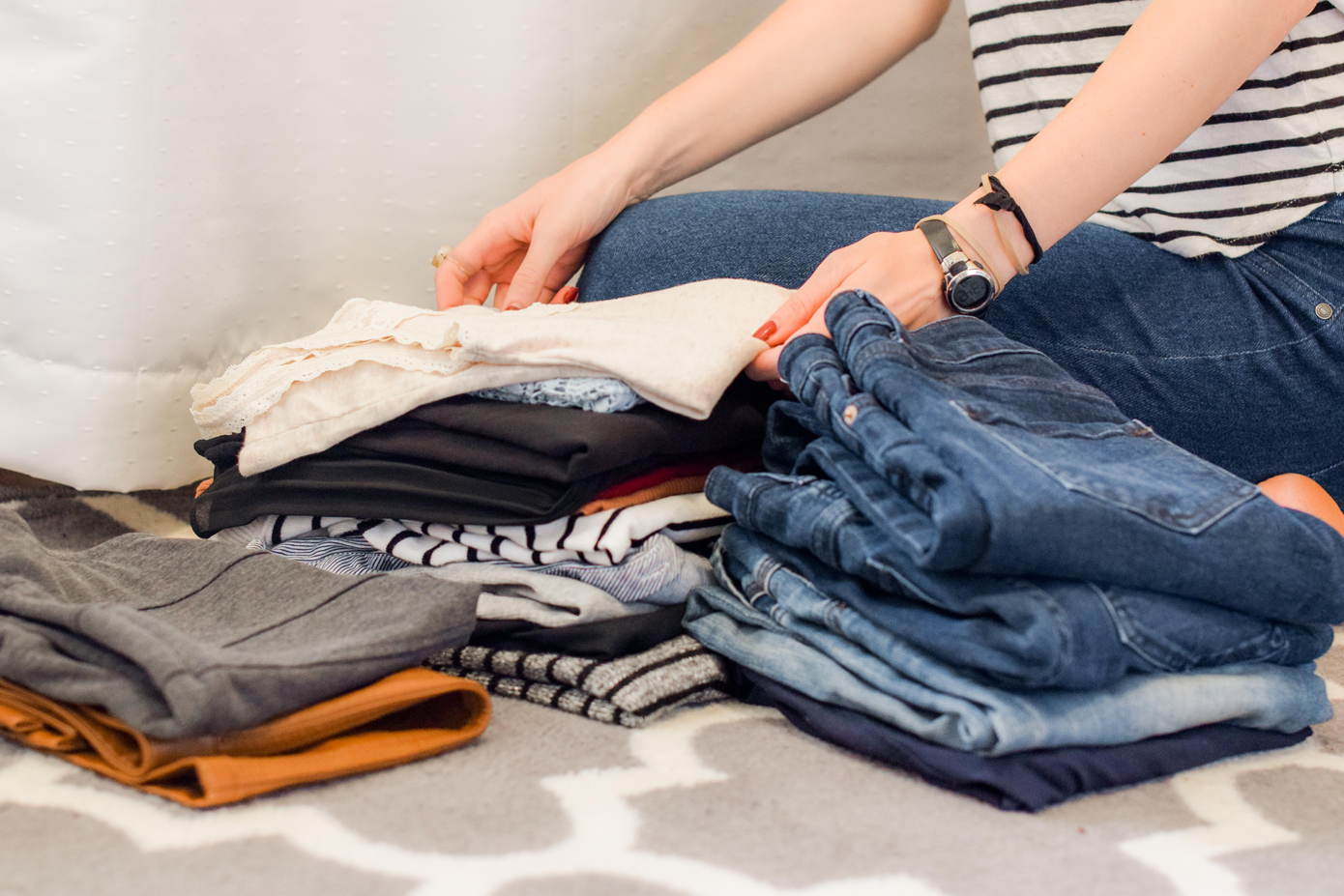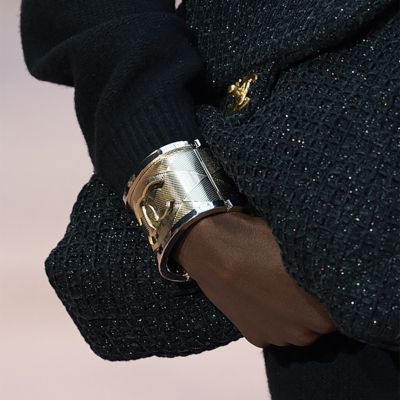Climate-conscious Holly Hughes deals with dirty laundry …
I recently found myself employed in the unexpected role of housekeeper. Days spent whipping bedsheets into straight submission and sweating profusely in the heat of industrial dryers, I got to thinking about the universal burden of laundry – that inescapable chore that bookends our weeks with interminable spinning, drying, folding. My environmental brain couldn’t help but wonder – just how dirty is our desire to keep clothes clean?
Every week, approximately 840 million washing machines around the world soak and spin our soiled garments into blossom-scented delights. Washing machines alone emit roughly 62 million tonnes of greenhouse gas emissions annually. Just like the laundry pile that seems to keep on growing, the small things really do add up. So, let’s break it down to three stages in the life cycle of laundry and figure out how we can do things better at all three stages.
DETERGENT
While we could get into the eco-complexities of washing detergents and their myriad forms (liquid, sachet, powder), I’d prefer to skip it. Instead, let me just say that if you are using a commercial detergent – or an “eco-friendly” cleaner that still has ingredient names you can’t pronounce or understand – then it is bad. In fact, most conventional detergents come with warnings like, “harmful to aquatic life, with long lasting affects” because of the large algal blooms they create that starve fish and other plant life of oxygen.
In my opinion, when it comes to detergent, you have three options. Choose a true eco-detergent like Ecover that is phosphate-free, biodegradable, free of “fragrances” (that are really code for slow-degrading toxic chemicals) and not tested on animals. Detergents like Ecover are also likely available in your nearest refill store, obliterating any packaging waste.
Option two is the Eco-Egg – my detergent of choice. Do a quick Google to discover this refillable, recyclable capsule that lasts approximately 720 washes and saves 40 plastic bottles each year, at just €15.
For the DIY warrior, I proffer the hardy horse chestnut. Yes, CONKERS. Collect them in your local area for an all-natural, non-toxic, effective detergent. I have friends that swear by these beauties and an internet search will reveal a plethora of recipes to turn them into sudsy laundry liquids for your next laundry day.
Finally, how to replace the fabric softeners and fragrances that make you feel ensconced in a bed of roses? For softer fabrics, switch from fabric softener to white vinegar to naturally relax fibres. For fragrance, add essential oils – I currently favour a lavender and chamomile fusion.
USER PHASE
The reason I want to gloss over detergents is because they aren’t the most harmful part of the laundry cycle. Who among us still washes whites at a minimum of 60 degrees? Who still chucks clothes into the laundry basket as an expedient means of cleaning their bedroom, regardless of how dirty they are? Who continues to use their dryer, not in cases of emergency or for a quick airing, but as a matter of course? The issue of detergent IS important but it pales in comparison to HOW and WHY we wash our clothes.
Up to 60 per cent of European laundry’s carbon footprint comes from heating the water in our washing machines – that’s not even beginning to contemplate tumble dryers or the issue of microplastics.
Mike Berners-Lee breaks it down in his sensational book, How Bad Are Bananas? A wash run at 30ºC and dried on the line creates 0.6kg of greenhouse gases. A wash conducted at 40ºC and then tumble-dried in a vented dryer, emits 2.4kg of CO2 emissions. And a load washed at 60ºC and dried in a combined washer-dryer has a carbon footprint of 3.3kg – a 550 per cent increase on our original wash. Water temperature matters. And most detergents these days are engineered to work best at cooler temperatures.
While a cooler temperature drastically reduces the amount of energy used, it also has other benefits. Cooler cycles decrease the amount of microfibres released into the environment by up to 52 per cent and reduce cut dye release by up to 74 per cent. This means that not only will you get more wear out of your clothes, the petrifying problem of microplastics is also somewhat addressed. Which brings us onto the final – and oft-forgotten – phase of any life cycle: waste.
END-OF-LIFE PHASE: IN OTHER WORDS, MICROPLASTICS
Every time we do a load of laundry, 700,000 microscopic fibres – coming from synthetic materials like polyester – are released into the water, endangering wildlife, ecosystems, and even our own health. These textile fibres are the largest source of microplastic pollution in our oceans. So, at the exact point we believe our laundry to be clean, it turns out to be dirtier than ever. While there are external filters we can attach to our washing machines and laundry bags we can throw into washes to catch some of these fibres, the efficacy of these screens is yet to be sufficiently validated.
SO WHAT CAN WE DO?
Let’s not forget the golden rule of environmentalism: prevention is cure. While adding a microplastic filter, decreasing machine temperatures, using the dryer sparingly, and switching detergents for natural options are truly impactful ways to clean up our laundry habits, the greatest change we can enact is avoiding using our machines at all.
Wear clothes multiple times before washing. Remember you are not a gremlin for not washing clothes after a single use – you are conscientious, considerate and, most importantly, HUMAN.
If clothes are lightly stained, treat problem areas by hand with baking soda, salt, or vinegar. Pre-soak to avoid rewashing or washing at high temperatures. Freshen clothes between washings with a spritz of a 50/50 water and vodka solution. Remember that an airing in the sun fixes most problems – from odours to creases. Only put on full loads of laundry (but not so full your detergent and machine can’t work effectively). Choose front-loading over top-loading machines with high energy efficiency ratings as well as cold water and high-spin options. Obviously. Send your washing through an extra spin cycle so it requires less drying. And avoid the dryer at all costs.
LOVETHEGLOSS.IE?
Sign up to our MAILING LIST now for a roundup of the latest fashion, beauty, interiors and entertaining news from THE GLOSS MAGAZINE’s daily dispatches.










